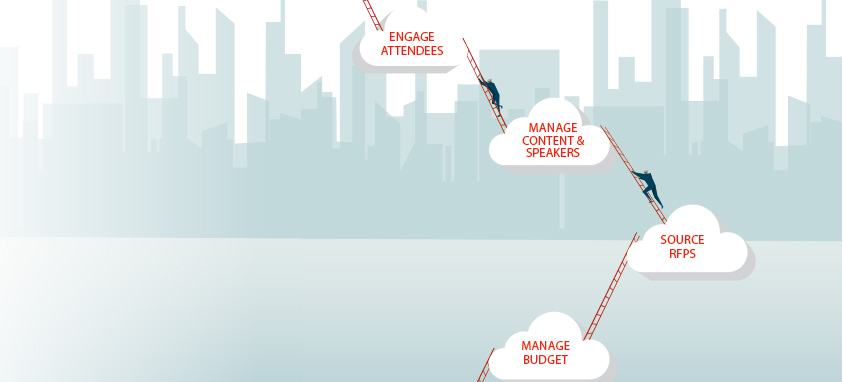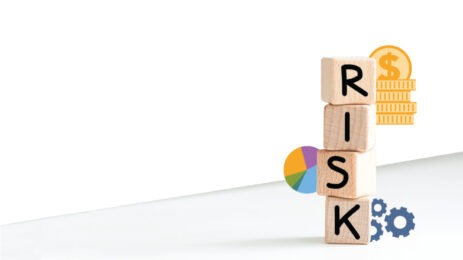Every behind-the-scenes operation should flow as smoothly as your event
Have you ever noticed how every technology platform is either integrated with or working to become integrated with Salesforce or a similar customer relationship management (CRM) provider?
It’s not a coincidence. Professionals in every customer-facing field recognize the value of a full-circle solution—that is, one program that does it all—or more commonly, multiple programs that act as one to accomplish every task. No transferring data from one program to another. No troublesome combining of incompatible technologies. Just a smooth, seamless system that provides everything you need so you can move on confidently to the next thing.
Salesforce is a cloud-computing solution that’s leading the way in CRM thanks to its ability to help manage such things as contacts, program information, sales, marketing, customer support and inventory. Event platforms manage everything from attendee contact information to floor plans, schedules, event programs, data analytics and more.
Put those two together, and you have real-time data to help close sales right on the trade show floor, increasing lead conversion, hyper-targeting customers and shortening sales cycles.
Event Management Perspective
At the Global Business Travel Association convention, held July 16–20 in Denver, Lanyon Solutions, Inc. unveiled the newest version of Smart Events Cloud, which boasts a number of key enhancements, including Salesforce integration.
“We source a lot of the data that CRMs need. We’re able to track what booths [attendees] go to, what sessions they attend, what they register for, results of the surveys they’ve taken, etc.,” explains John Pulling, chief technology officer at Lanyon. “All of that can be channeled into Salesforce in real time, so you can act on leads rapidly, start nurturing campaigns and follow up while at the event.”
The meetings and travel software company aims to provide an all-access solution that encompasses budgeting, site selection, content management, registration, social engagement, lead management and more—essentially everything a planner needs before, during and long after an event. Adding customer relationship management to the resume means every bit of data about the event and its attendees is readily available, making the ability to measure ROI more accurate than ever before.
Added Benefits of Integration
Increased lead conversion and ROI are undoubtedly the largest benefits of CRM integration—but meeting planners can’t underestimate the benefit of a single solution, especially when issues arise.
“With one vendor, there’s one experience,” Pulling says. “You don’t have to deal with a separate registration platform; sourcing it all from one vendor takes away a lot of the risk of integration not working.”
Another valuable secondary benefit is the lack of training needed for a planner and his or her team when there aren’t multiple platforms to learn.
“The features are very consistent,” Pulling says. “The way we do meetings and sessions without the paradigms looking different takes away the need to do a mapping exercise. Plus, running a whole series [of meetings] on one platform gives you long-term analytics for meetings big and small.”
Today’s technology is taking the complication out of what were once daunting, multistep tasks. Integration, while trending, isn’t simply a trend. It’s what happens when two companies that are the best at what they do can provide a better product by combining features to create an even greater solution for their customers.




